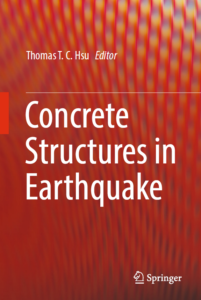
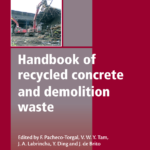 Handbook of recycled concrete and demolition waste_ کتاب راهنمای بتن بازیافتی و ضایعات تخریب
Handbook of recycled concrete and demolition waste_ کتاب راهنمای بتن بازیافتی و ضایعات تخریب
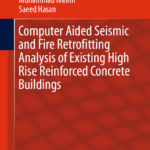 Solid Mechanics and Its Applications_مکانیک جامدات و کاربردهای آن
Solid Mechanics and Its Applications_مکانیک جامدات و کاربردهای آن
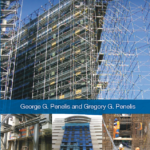 Concrete Buildings in Seismic Regions_ساختمان های بتنی در مناطق لرزه خیز
Concrete Buildings in Seismic Regions_ساختمان های بتنی در مناطق لرزه خیز
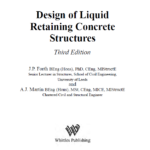 Design of Liquid Retaining Concrete Structures_طراحی بتن نگهدارنده مایع سازه ها
Design of Liquid Retaining Concrete Structures_طراحی بتن نگهدارنده مایع سازه ها
 Seismic Design of Concrete Buildings to Eurocode 8_طراحی لرزه ای ازساختمان های بتنی یورو 8
Seismic Design of Concrete Buildings to Eurocode 8_طراحی لرزه ای ازساختمان های بتنی یورو 8
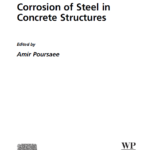 Corrosion of Steel in Concrete Structures_خوردگی فولاد در سازه های بتنی
Corrosion of Steel in Concrete Structures_خوردگی فولاد در سازه های بتنی
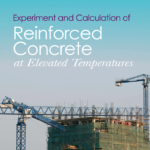 Experiment and Calculation of Reinforced Concrete at Elevated Temperatures_آزمایش و محاسبه تقویت شده بتن در دماهای مرتفع
Experiment and Calculation of Reinforced Concrete at Elevated Temperatures_آزمایش و محاسبه تقویت شده بتن در دماهای مرتفع
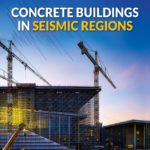 Concrete Buildings in Seismic Regions_ کتاب ساختمان های بتنی در نواحی زلزله خیز
Concrete Buildings in Seismic Regions_ کتاب ساختمان های بتنی در نواحی زلزله خیز
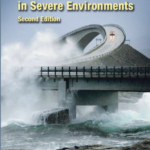 Durability Design of Concrete Structures in Severe Environments_ طراحی دوام سازه های بتنی در محیط های سخت
Durability Design of Concrete Structures in Severe Environments_ طراحی دوام سازه های بتنی در محیط های سخت
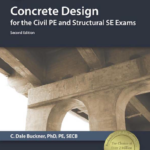 Concrete Design_ طراحی بتن
Concrete Design_ طراحی بتن
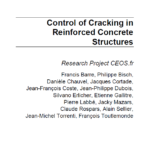 Control of Cracking in Reinforced Concrete Structures _ کنترل ترک خوردگی در سازه های بتنی مسلح
Control of Cracking in Reinforced Concrete Structures _ کنترل ترک خوردگی در سازه های بتنی مسلح
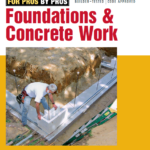 Foundations & Concrete Work_فونداسیون و کارهای بتنی
Foundations & Concrete Work_فونداسیون و کارهای بتنی